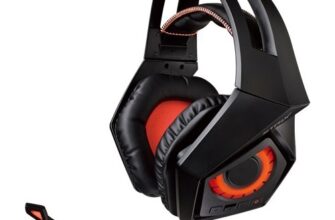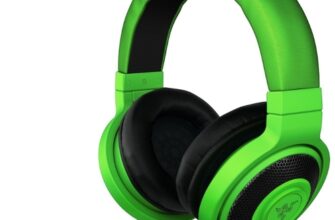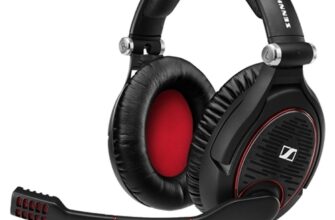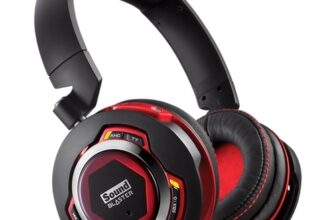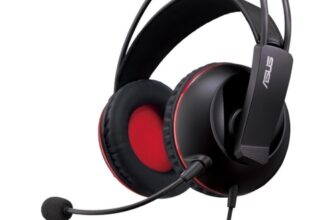A photo printer is a specialized printer designed to output highly realistic and detailed images to paper.
How to choose a photo printer: characteristics to look out for
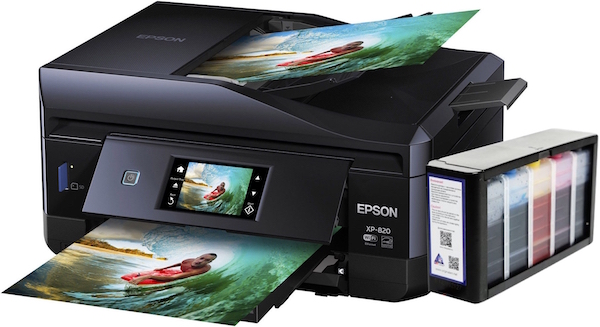
When choosing a photo printer, it is worth considering the following technical characteristics of the device:
-
A type;
-
Print resolution;
-
Connection interface;
-
Additional functions.
It is worth remembering that a photo printer is a specialized device, and it is designed to print images, and not documents or similar materials. Of course, such “office equipment” does not have functional restrictions on the text output, but because of the high cost of prints, this is inappropriate.
Also worth mentioning separately is portable photo printers.
Printer type
There are two types of photo printers, which differ in the principle of operation – inkjet and sublimation.
Inkjet Photo Printers
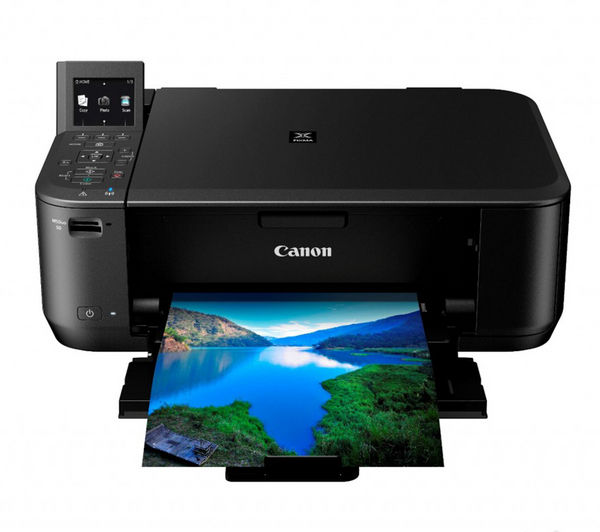
Inkjet photo printers print as follows – toner (paint) in liquid form through special nozzles is applied in drops directly to a sheet of paper. Due to the fact that most models of such devices support 6-8 shades, the print quality is quite high and the color rendition is good.
Advantages
-
The ability to print images of various formats, up to A4;
-
Relatively low cost of printing;
-
Ability to print texts, documents, etc. (but this is impractical anyway);
disadvantages
-
High noise level;
-
Low color rendering relative to sublimation photo printers;
-
Low water resistance of prints (however, some models use ink that is resistant to moisture);
Sublimation Photo Printers
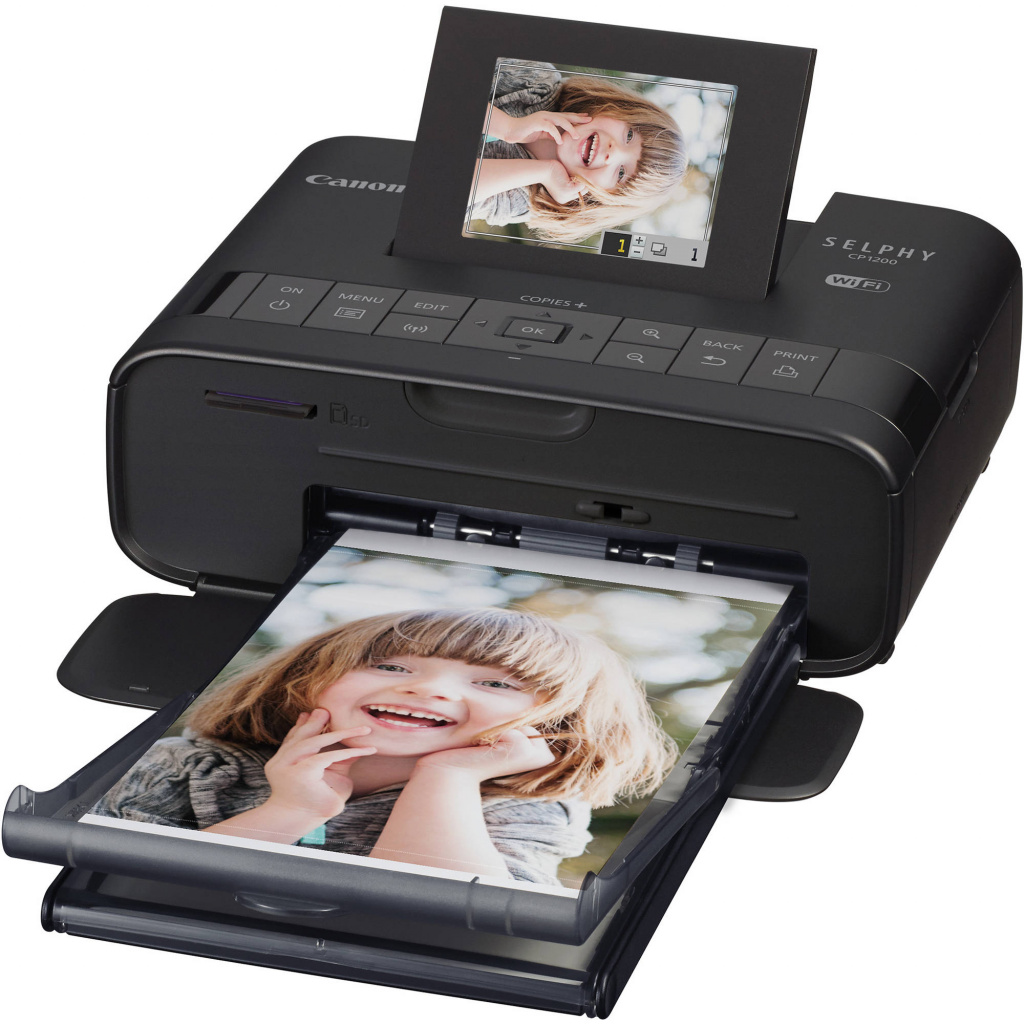
In sublimation photo printers, toner is applied to a special film. When printing, the head of the device heats it up, the ink boils and is transferred to the paper. This provides deeper color reproduction.
Advantages
-
Excellent color reproduction according to most photographers;
-
Low noise level;
-
Water resistance of prints for all models of photo printers;
disadvantages
-
High cost of consumables;
-
Thus, an inkjet photo printer is well suited for home use, but a sublimation one for professional;
-
Impossibility of printing texts and similar documents.
-
Limitation on the size of prints (the vast majority of photo printers support paper no larger than 10 × 15 cm);
!
Thus, an inkjet photo printer is well suited for home use, but a sublimation printer is for professional use.
Print resolution

Print resolution is one of the most important characteristics of photo printers. It determines the detail of the image and the smoothness of the transfer of color transitions. Photo resolution is measured in dots per inch (dpi).
It is impractical to purchase an expensive photo printer for home use with a photo resolution of more than 4800 × 1200 dpi. Already this density provides sufficient smoothness and detail of the image. For infrequent prints with high resolution, you can contact the appropriate salon.
In addition, photo printers with a print resolution of more than 4800 × 1200 dpi are expensive – both for the device itself and for consumables – and slow speed. And both inkjet and sublimation.
In addition to resolution, the quality of prints in inkjet photo printers is influenced by the number of shades in the cartridge. Models that support 8 toner colors provide better color reproduction and smoother transitions.
Connection interface
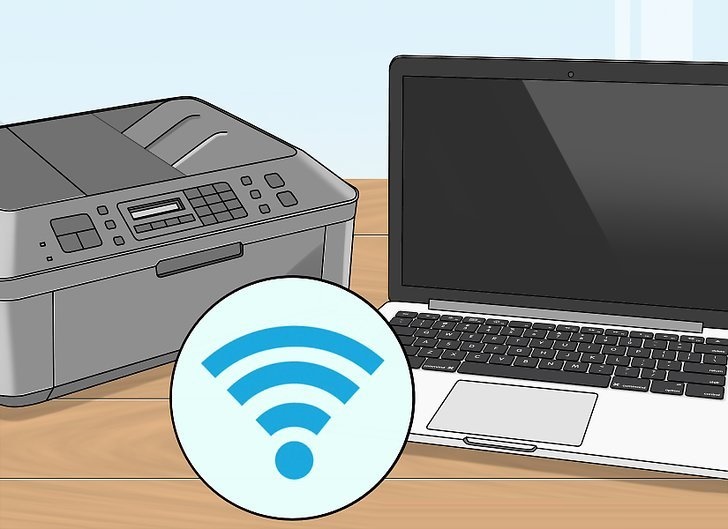
A quick connection of the photo printer to the computer is required to ensure fast enough printing speed. Therefore, the interfaces that are used in such devices are as follows:
-
Traditional USB;
-
Wireless Wi-Fi;
-
Wireless Bluetooth for communication with a smartphone;
-
Card reader for connecting memory cards;
-
USB for connecting a smartphone or camera.
USB refers to a wired connection to a computer. The advantage of this standard is its high data transfer rate – faster than Wi-Fi or similar interfaces. Therefore, the print delay is minimal. The disadvantage is obvious – you will need to place the printer directly next to the computer.
Printers that support Wi-Fi can be installed anywhere in the house. In this case, they act as network. The transfer rate to wireless photo printers is optimal for most users. Moreover, pictures can be sent to such devices from other devices in the local network – several computers, smartphones, tablets, etc.
Bluetooth – This connection works well for printing from smartphones, tablets, etc. Some computers also support this interface, but the connectivity is perhaps only controversial.
The card reader allows you to print directly from SD memory cards and the like. Quite a useful interface if you often have to display images from cameras and cameras on paper. But it is better not to use it as the main connection standard.
The USB connector (external) allows you to connect a smartphone or camera to the photo printer. It works similarly to a card reader or Bluetooth – that is, it provides convenience in some cases, but is not suitable for use as the main one.
The main interfaces for connecting photo printers are, of course, USB and Wi-Fi. Models equipped with both of them will be a great solution for a home or even a small studio.
Additional functions
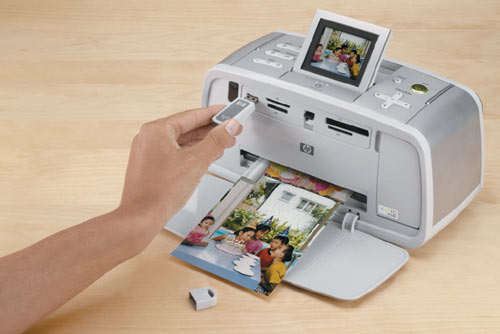
The additional functions do not determine the printing characteristics of the photo printer, but make the use of such a device more convenient and enjoyable. These features include:
-
Touchscreen. An excellent solution when printing photos from a memory card, flash drive or USB camera. It makes the selection of source images more convenient;
-
Photo editing. Another handy feature when printing without a computer. It allows you to carry out a small retouching of images (crop them, rotate them, apply filters and masks) before putting them on paper;
-
Built-in scanner. Allows you to digitize paper or film prints and negatives;
-
Plain paper support. Suitable for printing documents, texts, etc .;
-
Built-in memory. Allows you to copy photos to the device memory and print without connecting a computer or smartphone.
As is usually the case, the additional features of photo printers add to the cost of the device. Therefore, it is worth purchasing models with these capabilities only if it is really required.
Portable Photo Printers
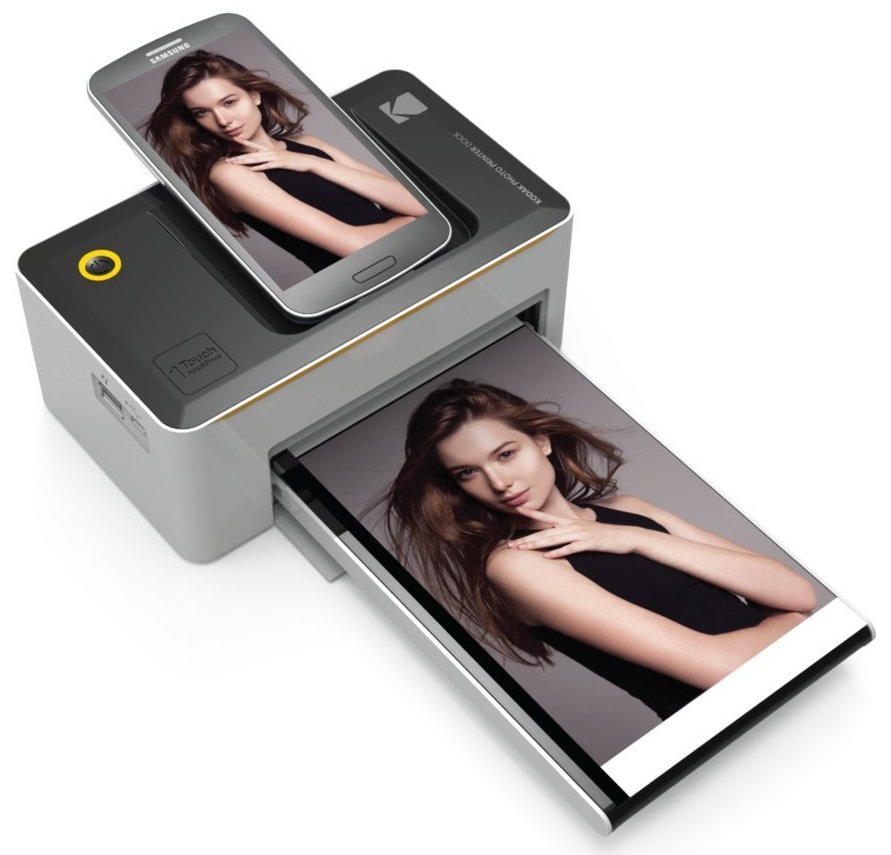
Portable photo printers should be separated into a separate class. They are compact and lightweight devices that allow you to take prints anywhere and easily connect to your smartphone, tablet, and in some cases even a camera. They provide high quality images and maximum print speed.
However, portable photo printers have two major drawbacks:
-
They work only with branded consumables – namely, special photographic paper;
-
The size of the print is usually very small, as a result of which the images obtained with such devices can be used only as souvenirs.
Manufacturers
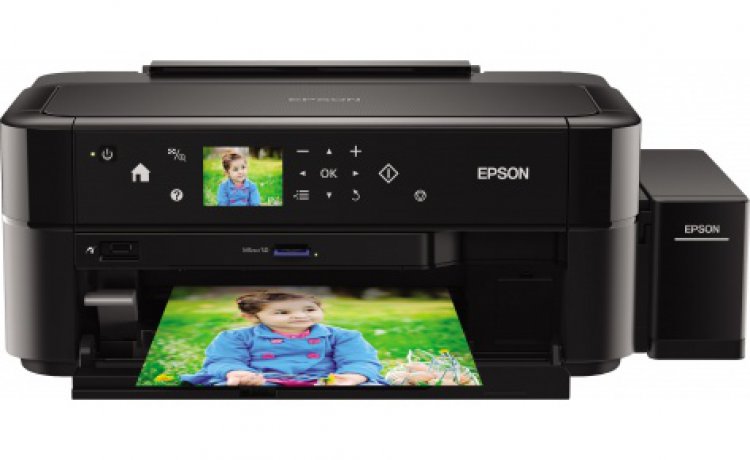
Among the manufacturers of photo printers are:
-
Canon. Known for compact photo printers intended for home use. Provide sufficient print quality for undemanding owners and are distinguished by a very affordable price;
-
Epson. Produces fairly expensive photo printers, however with advanced functionality and high image quality;
-
Fujifilm. Another manufacturer of fairly inexpensive photo printers. Differs in good print quality, but in most cases requires special consumables, which, in turn, can be quite expensive;
-
Polariod. Produces compact printers that work only with branded consumables.
!
In the following articles, our experts will tell you how to choose the right laser printer, the secrets of choosing a printer for your home and the main criteria for choosing paper for your printer.
Attention! This material is the subjective opinion of the authors of the project and is not a purchase guide.


